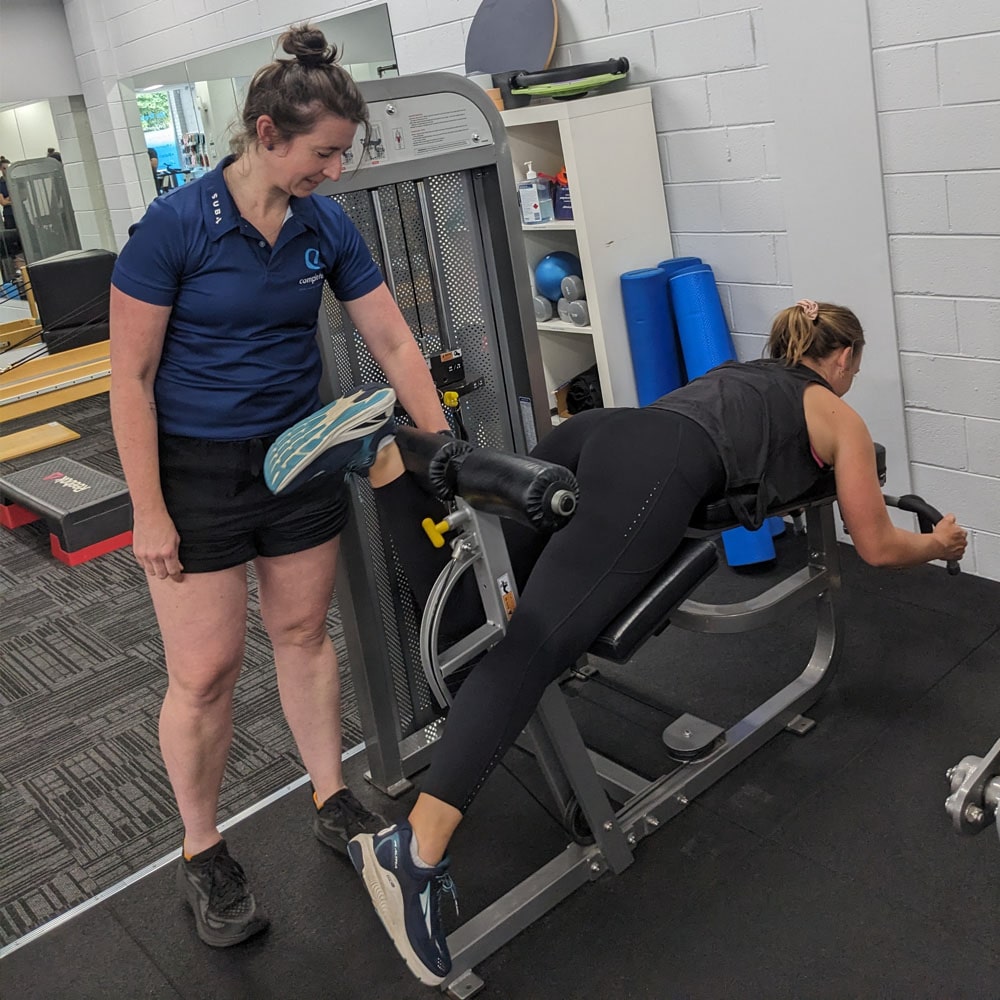

What is a hamstring strain?
Hamstring strains (i.e. tears) commonly occur during high-speed activities such as accelerating and decelerating in running, changing of direction, and kicking in sports such as football.
The hamstrings (incl. semitendinosus, semimembranosus & bicep femoris), located at the back of the thigh, are the most frequently injured muscle group, accounting for 20-26% of all sustained injuries within professional football.


